Topical Steroid Safety Calculator
Assess Your Steroid Safety
This tool evaluates your risk of skin atrophy and infections based on your usage patterns. Follow evidence-based guidelines from dermatology research.
Using topical corticosteroids for eczema, psoriasis, or rashes can bring quick relief-but what happens when the relief lasts too long? Many people don’t realize that even a few weeks of daily use can start changing their skin at a cellular level. The result? Thinning skin, visible blood vessels, and a higher chance of infections that won’t go away with regular treatments. This isn’t rare. In fact, about 1 in 6 people using potent steroids long-term develop visible skin atrophy, and infections like fungal or bacterial outbreaks often follow as the skin’s natural defenses break down.
How Topical Steroids Thin Your Skin
Topical corticosteroids work by calming inflammation, but they don’t just target the bad cells. They also slow down the ones that keep your skin strong: keratinocytes and fibroblasts. These are the building blocks that make your skin thick, elastic, and resilient. When steroids suppress them, collagen production drops-sometimes by more than 50% in just a few weeks. Collagen is what gives skin its structure, like the steel frame in a building. Without it, your skin starts to sag and wrinkle, even in young people.
It’s not just about collagen. Steroids also cut production of ceramides, cholesterol, and fatty acids-the exact lipids your skin needs to hold moisture and block germs. Think of your skin like a brick wall. The bricks are cells, and the mortar is these lipids. When the mortar disappears, gaps form. Water leaks out, irritants get in, and bacteria slip through. That’s why skin becomes dry, itchy, and prone to infections even before it looks visibly thin.
Studies show that even short-term use-just three days-can alter the top layer of skin. You might not see it, but the barrier is already weaker. Over time, this leads to the classic signs: fine lines that look like wrinkles on the face or neck, even in people in their 20s. These are called "elephant wrinkles" in clinical circles-not because they’re deep, but because they’re irregular, stretched, and don’t fade like normal aging lines.
Where It Happens-and Why
Not all skin is equally at risk. The face, eyelids, armpits, groin, and inner thighs are especially vulnerable. Why? Because the skin there is naturally thinner. Applying a strong steroid cream to the face is like using a chainsaw to trim a bonsai tree. The result is damage, no matter how careful you are.
Children are even more sensitive. Their skin is 3 to 5 times more absorbent than adult skin. A parent using a prescription steroid on a child’s eczema for a month might not think twice-until they notice the skin turning translucent or the cheeks developing red, spotty patches. That’s not just a rash. It’s early-stage atrophy.
Even areas you wouldn’t expect are at risk. A 2020 study found that people using steroid creams on their hands for contact dermatitis developed thinning skin on the knuckles, making them more prone to bruising and tearing from minor bumps. And if you’re using steroids while spending time in the sun, the damage compounds. UV rays break down collagen too. Together, steroids and sun exposure can speed up skin aging by years.
When Infections Follow
Thinning skin isn’t just cosmetic-it’s dangerous. When your skin barrier is compromised, germs that normally sit harmlessly on the surface can invade. Fungal infections like candidiasis are common. They show up as red, scaly patches with tiny pustules around the edges, often mistaken for a flare-up of the original condition. That’s when people reach for more steroid cream-and the cycle gets worse.
Bacterial infections follow too. Staphylococcus aureus thrives in broken skin. In one clinical study, 23% of patients with long-term steroid use had active staph infections that didn’t respond to standard antibiotics until the steroid was stopped. Some developed deep, painful abscesses that required hospitalization.
Then there’s perioral dermatitis-a red, bumpy rash around the mouth. It’s often triggered by steroid creams applied to the face for acne or rosacea. People think it’s acne, so they keep using steroids. But steroids make it worse. The only fix? Stopping the cream entirely and letting the skin reset. It can take months.

Signs You’re in Trouble
You don’t need a doctor to spot early warning signs. Look for:
- Thinner, more transparent skin-especially on the face or neck
- Visible blood vessels (telangiectasia) that weren’t there before
- Stretch marks (striae) on areas that aren’t gaining weight
- Skin that bruises easily from light pressure
- Persistent redness, burning, or itching that doesn’t improve with more cream
- Rashes that keep coming back, even after using antibiotics or antifungals
If you’ve been using a steroid cream for more than two weeks on your face or groin, or longer than four weeks anywhere else, you’re in the danger zone. The longer you use it, the harder it is to reverse the damage.
What to Do If You’ve Already Damaged Your Skin
Stopping steroids suddenly can trigger a severe reaction called Topical Steroid Withdrawal (TSW). Symptoms include intense burning, swelling, oozing, and redness that can last for months. That’s why tapering off is critical.
Here’s how to do it safely:
- Switch to a lower-potency steroid for 1-2 weeks. If you were using a Class I (strongest) steroid, move to Class III or IV.
- Reduce frequency from twice daily to once daily, then every other day.
- After 2-4 weeks, stop completely. If symptoms flare, don’t go back. Use a barrier repair cream instead.
Barrier repair creams aren’t magic-they’re science. Look for products with ceramides, cholesterol, and free fatty acids in a 3:1:1 ratio. These are the exact lipids your skin lost. A 2020 trial showed that 68% of users saw major improvement in skin barrier function after just eight weeks. Sunscreen with SPF 50+ is non-negotiable. UV light breaks down collagen, and your skin can’t rebuild it while it’s under steroid suppression.
For severe cases, dermatologists are now using light therapies and low-dose oral medications to calm inflammation without steroids. Some are even testing new topical formulas that reduce inflammation but don’t touch collagen production. Early results are promising.
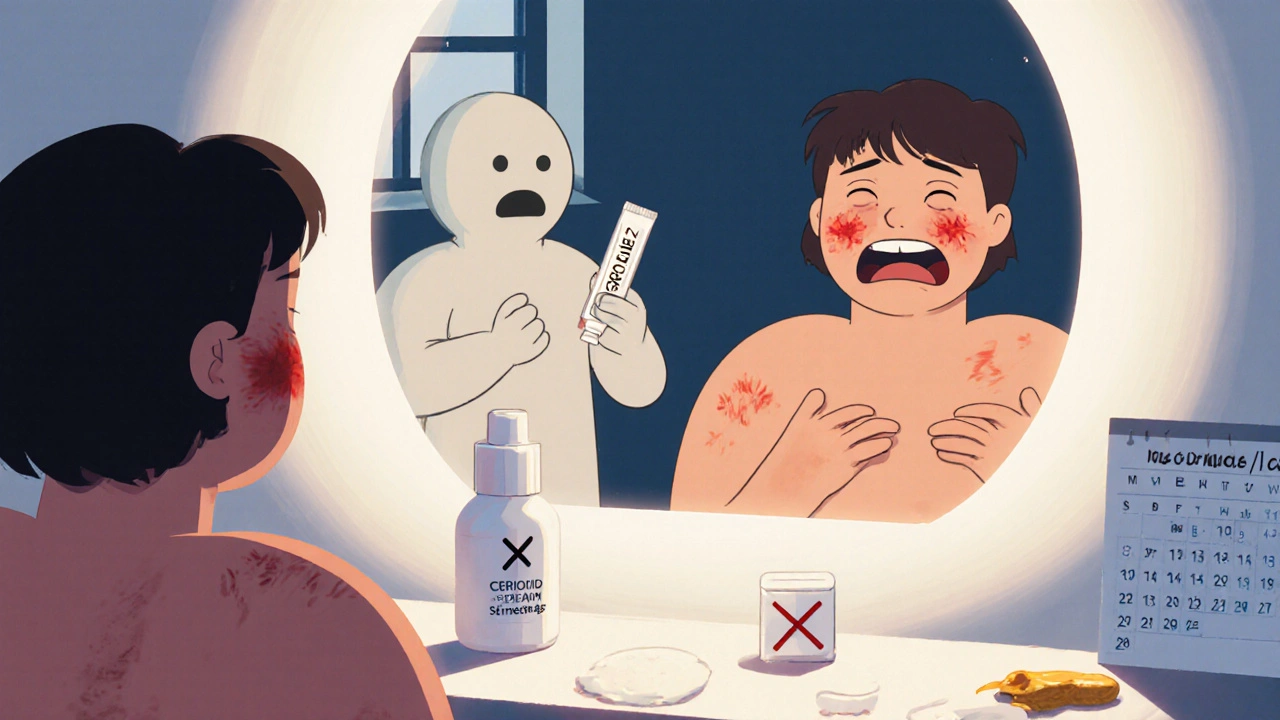
How to Use Steroids Without Damaging Your Skin
You don’t have to avoid steroids forever. You just need to use them wisely:
- Use the lowest strength that works. A mild steroid (Class V or VI) is often enough for eczema.
- Apply only to affected areas-not all over.
- Limit use to 7-14 days for flares. Never use daily for more than 4 weeks without a doctor’s supervision.
- Avoid the face, groin, and armpits unless prescribed. Even then, use only the weakest possible.
- Keep a log. Note when you start and stop. If you’ve used it for more than 3 months in a year, talk to your doctor about alternatives.
For chronic conditions like eczema, consider steroid-sparing options: calcineurin inhibitors (tacrolimus, pimecrolimus), PDE4 inhibitors (crisaborole), or newer biologics. These don’t cause atrophy. They’re not instant fixes, but they’re safer for long-term use.
The Bigger Picture
Topical corticosteroids are powerful tools. They’ve helped millions. But they’re not harmless. The global market for these creams is over $12 billion a year, and most people have no idea of the risks. The FDA and EMA require warning labels now, but they’re buried in small print.
What’s changing? More patients are speaking up. Online communities like r/SteroidAddiction and r/Eczema have over 4,000 members sharing stories of skin recovery after years of steroid dependence. Average recovery time? Eight months. Some take two years.
The future is in smarter treatments-formulations that fight inflammation without breaking down skin. But until then, the safest steroid is the one you use for the shortest time, on the smallest area, with the lowest strength possible.
Your skin isn’t just a surface. It’s your body’s first line of defense. Treat it like one.
Can topical corticosteroids cause permanent skin damage?
Yes, but only with long-term use. Early skin thinning can often reverse after stopping steroids and using barrier repair creams. However, stretch marks (striae) and visible blood vessels are permanent. The key is catching it early. If you notice skin becoming translucent or bruising easily, stop the steroid and see a dermatologist before the damage becomes irreversible.
How long does it take for skin to recover after stopping steroids?
Recovery time varies. For mild atrophy, improvement can start in 4-8 weeks with proper care. But full recovery-especially if you’ve used strong steroids for over a year-can take 6 to 24 months. The withdrawal phase (TSW) usually starts within a week of stopping and can last weeks to months, with flares becoming less severe over time. Patience and consistent barrier repair are essential.
Is it safe to use steroid creams on babies or children?
Only under strict medical supervision. Children’s skin absorbs steroids much faster than adults’. Use only the mildest strength (Class VI or VII), for no more than 7 days at a time, and avoid the face, groin, or diaper area unless directed. Never use steroid creams as a daily moisturizer. For chronic eczema in kids, non-steroid options like emollients, calcineurin inhibitors, or wet wrap therapy are safer long-term choices.
Can over-the-counter hydrocortisone cause skin atrophy?
Yes, especially with daily use. Even 1% hydrocortisone (OTC) can cause thinning if applied to sensitive skin (like the face or eyelids) for more than two weeks. Most people think OTC means safe-but it’s still a steroid. Use it only for short flares, not daily maintenance. If you’re using it for more than a month, you’re at risk.
What’s the best alternative to topical steroids for eczema?
For mild to moderate eczema, daily moisturizing with ceramide-rich creams is the foundation. For flare-ups, non-steroid options like crisaborole (Eucrisa) or tacrolimus (Protopic) are effective and don’t cause atrophy. For moderate to severe cases, biologics like dupilumab (Dupixent) target the immune system without affecting skin structure. These are now widely covered by insurance and are the new standard for long-term control.

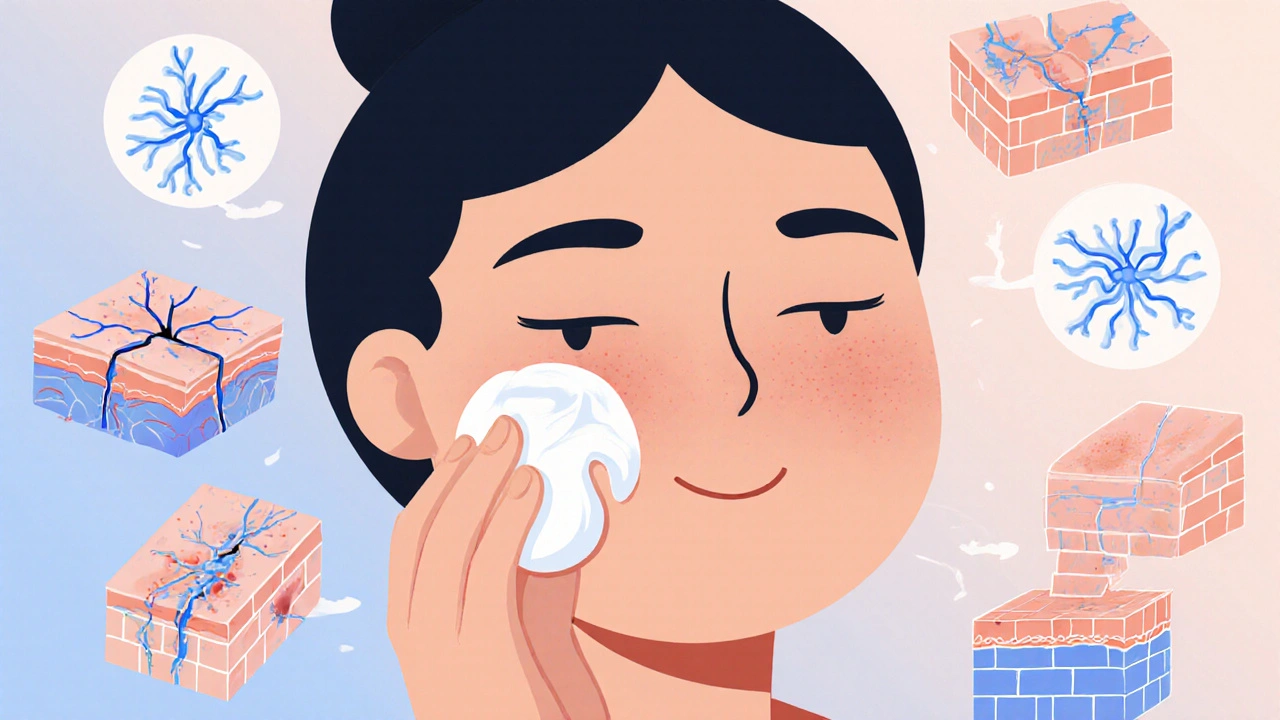

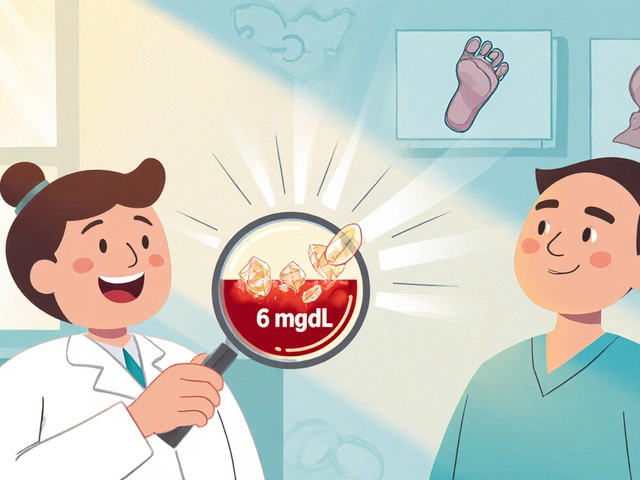
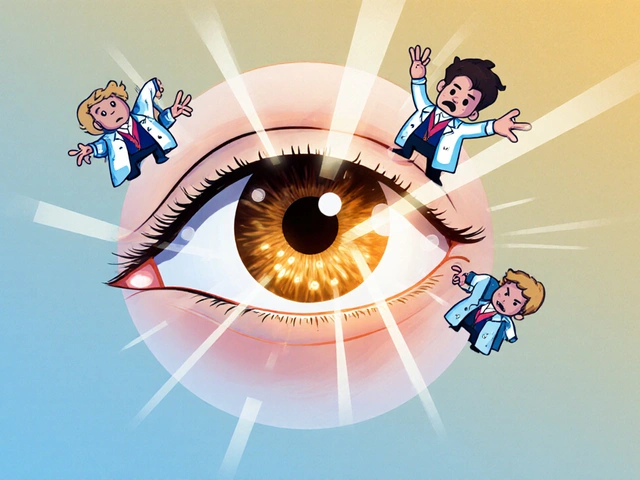
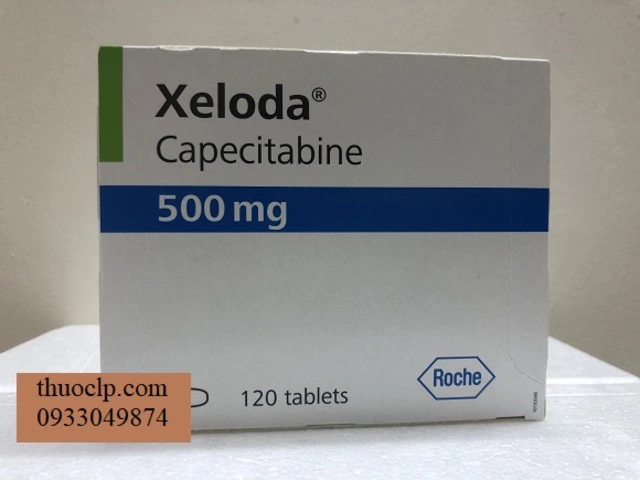

Comments(13)